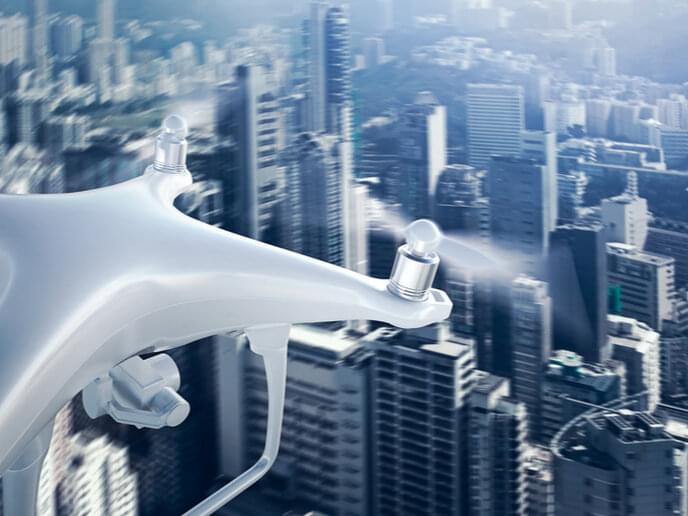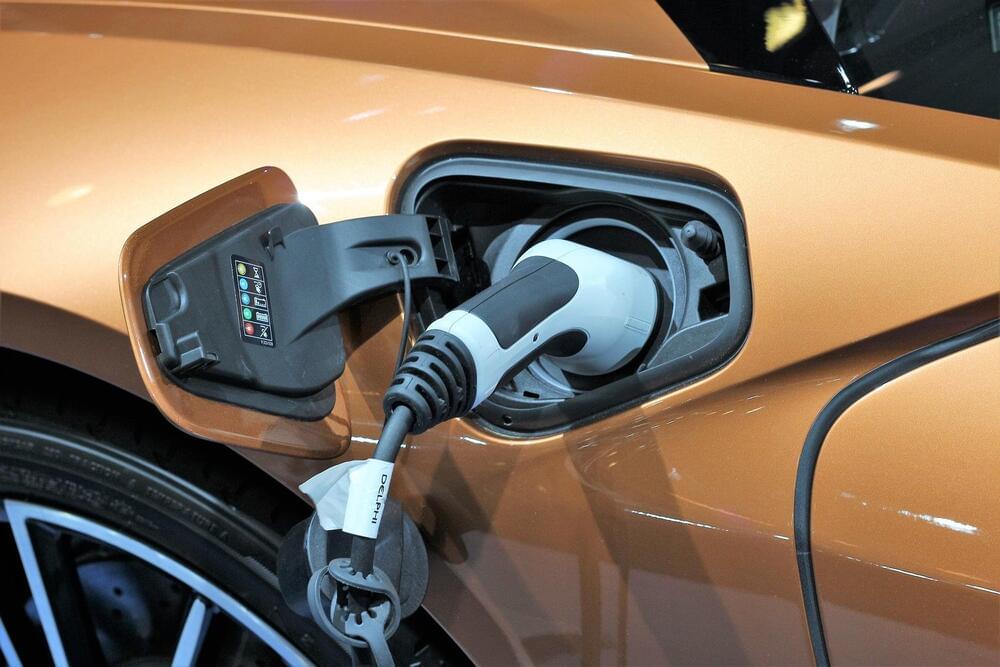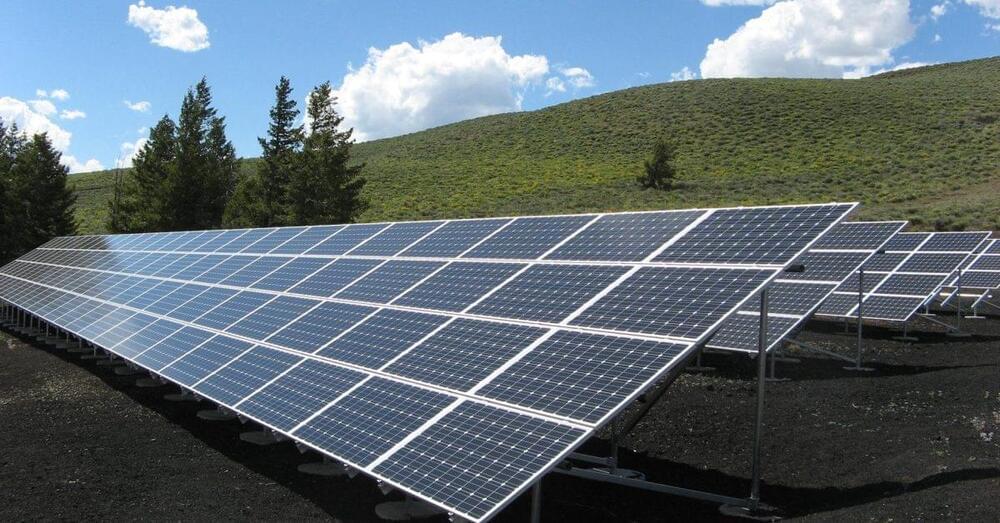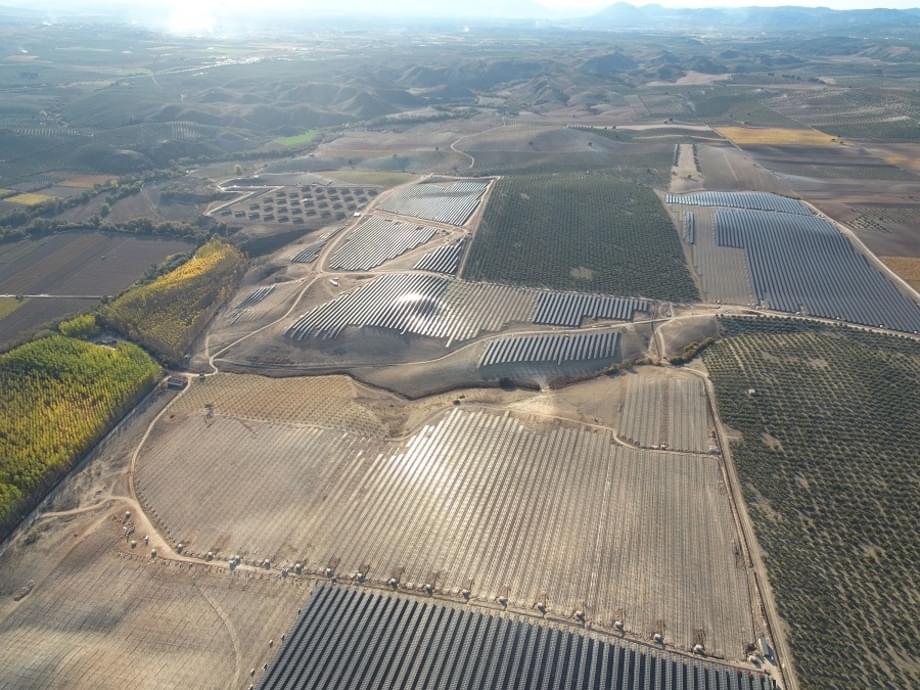At a massive vertical farm in Denmark, food tech startup Nordic Harvest is demonstrating the benefits of moving agriculture indoors.
Category: sustainability – Page 394

The US saw record wind turbine capacity installation in 2020
More wind power capacity was installed in the US than any other generating technology in both 2019 and 2020, according to the US Energy Information Administration (EIA).
UnderstandSolar is a free service that links you to top-rated solar installers in your region for personalized solar estimates. Tesla now offers price matching, so it’s important to shop for the best quotes. Click here to learn more and get your quotes. — *ad.
Annual US wind turbine capacity additions set a record in 2020, totaling 14.2 gigawatts (GW) and surpassing the previous record of 13.2 GW added in 2012. After 2020’s record year for wind turbine capacity addition, total US wind turbine capacity is now 118 GW.

Drone flight trials in Poland bring EU-wide urban air mobility a step closer
An initial series of test flights with drones has been launched in Poland as part of the EU-funded Uspace4UAM project. The first of these trials is now underway in Rzeszów, a city of close to 200,000 people.
The test flights are being carried out by three Uspace4UAM consortium members: Dronehub, the developer of drone-in-a-box systems for automated monitoring and data collection; drone equipment and sensor supplier Honeywell; and drone software technology company Altitude Angel. About 160 flights will be carried out in the Rzeszów area during the first phase, under 3 scenarios of autonomous drones flying for public service missions. The first scenario will involve emergency aerial monitoring of accident sites, the second will take ortho-and photogrammetric photos for public institutions, and the third will replicate the transportation of automated external defibrillators for use in life-threatening situations.
“Dronehub demos within Uspace4UAM started in November 2021, and we will end in June 2022. During this time, amongst other objectives, we will check how drones react to different and rapidly changing weather conditions,” states test flight project manager Jakub Węglarz of Dronehub in a news item posted on the SESAR Joint Undertaking website. The SESAR Joint Undertaking—which is funding Uspace4UAM—is a partnership between European private and public sector institutions formed to speed up the delivery of smarter, connected, accessible and more sustainable air transport solutions through research and innovation.


Latest Greenworks 24V 600PSI electric pressure washer falls to $144, more in New Green Deals
Most electric pressure washers require two things tethering you to your home: a water hose and extension cord. Well, the latest Greenworks electric pressure washer ditches both of those things. While being 24V battery-powered, you’ll still get 600PSI of cleaning power. In addition to that, it has a 20-foot siphon hose that can pull its water from any fresh source, be that a bucket, lake, or something else. Right now this electric pressure washer is on sale for the first time at $144, making now a great time to pick it up. You’ll also find discounts on electric lawn mowers and much more below, as well. We also have a wide selection of Tesla, Greenworks, and other e-bike discounts in today’s New Green Deals, so you won’t want to miss that either.
Head below for other New Green Deals that we’ve found today, more on why going electric for your yard tools like the mower on sale is important, and of course Electrek’s best EV buying and leasing deals. Also, check out the new Electrek Tesla Shop for the best deals on Tesla accessories.
Amazon is offering a deal on the new Greenworks 24V 600PSI Battery-powered Electric Pressure Washer for $143.70 shipped once you clip the on-page coupon. Down from its $159 list price at Walmart, today’s deal marks the first price drop that we’ve tracked since its release earlier this month. This electric pressure washer delivers impressive power for a battery-powered option. You’ll find 600PSI and 0.8GPM available here which is more than enough to clean your home’s siding, driveway, and car. You’ll find a 5-in-1 selectable spray nozzle with 0º, 15°, 25º, 40º, and a watering option at the ready.

Introducing the Trivergence: Transformation driven by blockchain, AI and the IoT
Trivergence is starting to affect every industry. In financial services, the wallet has become a smart app that can collect data and learn. On a blockchain, users can exchange, save, borrow, invest and protect this digital money peer-to-peer without the intermediation of banks. In manufacturing, 3D printers are manufacturing aircraft parts in a Boeing facility with a blockchain network facilitating all the patented files, contracting and payments peer-to-peer. Telecommunications companies are no longer negotiating complex, costly and ever-changing roaming agreements, but using blockchain-based smart contracts among providers to automate the web of payments and settlement globally.
Over time, the Trivergence will usher in a next-generation internet where nearly every animate and inanimate object on Earth generates data, a distributed ledger records and secures this data and AI analyzes the data, communicates with the objects, alerts their owners and continuously adjusts and improves the efficiency of the economy and the sustainability of its effects on the environment.
New business models enabled by this Trivergence are beginning to disrupt many industries and provide platforms for innovation in the economy for decades ahead. This second era has weighty implications for every business, government and individual, as well as technology strategy, architecture and leadership. If we can overcome the dark side — and that’s a big “if” — this Trivergence helps us reclaim our digital identities, effectively fight climate change and help solve some of the world’s most intractable problems.

Smart charging can save electric vehicle drivers £110 a year and cut carbon footprint
Drivers of electric vehicles could save an average of £110 a year—and cut their carbon footprint by 20%—by using “smart charging” to power up their cars at the best possible times, a report by a research team involving Swansea University experts has shown.
Smart charging helps spread out demand for electricity to avoid overloading the National Grid. This is a major issue given the huge growth in the number of electric vehicles, with up to 11 million forecast to be on Britain’s roads by 2030.
Already people can get cheaper electricity by charging at certain times, usually in the early hours of the morning. But smart charging could go much further than this. For example, it could mean charging when windy weather means surplus wind power is being generated, or having your charging automatically coordinated with your neighbors.


